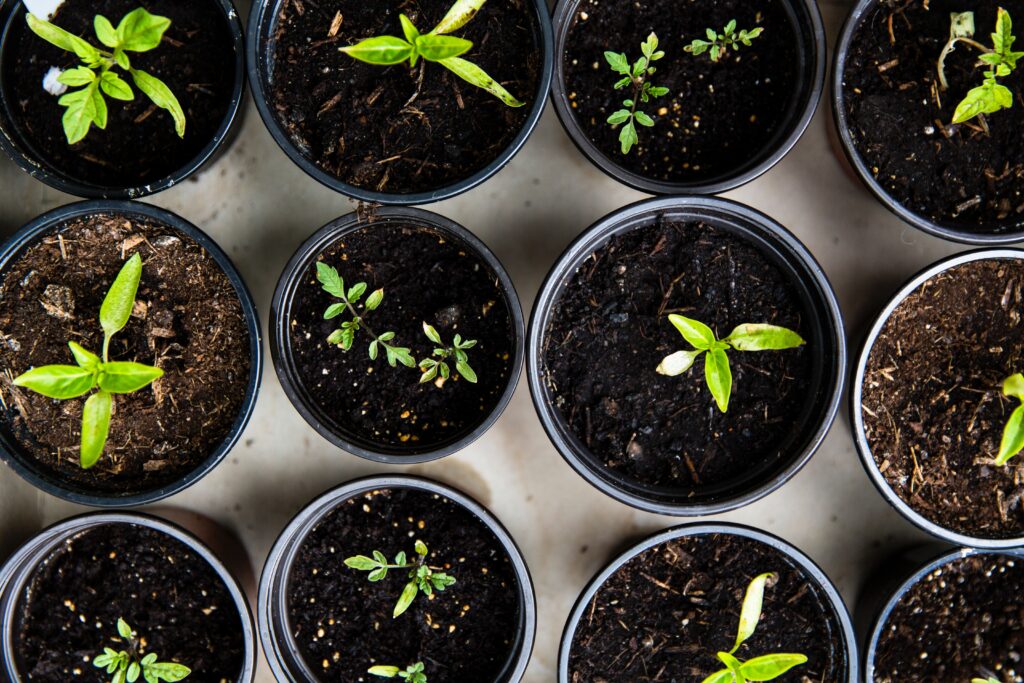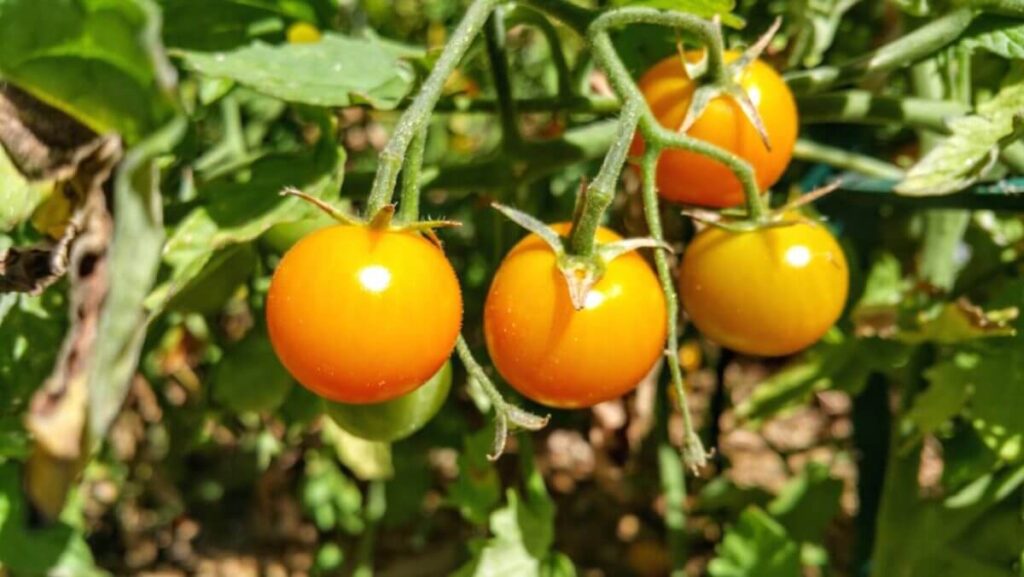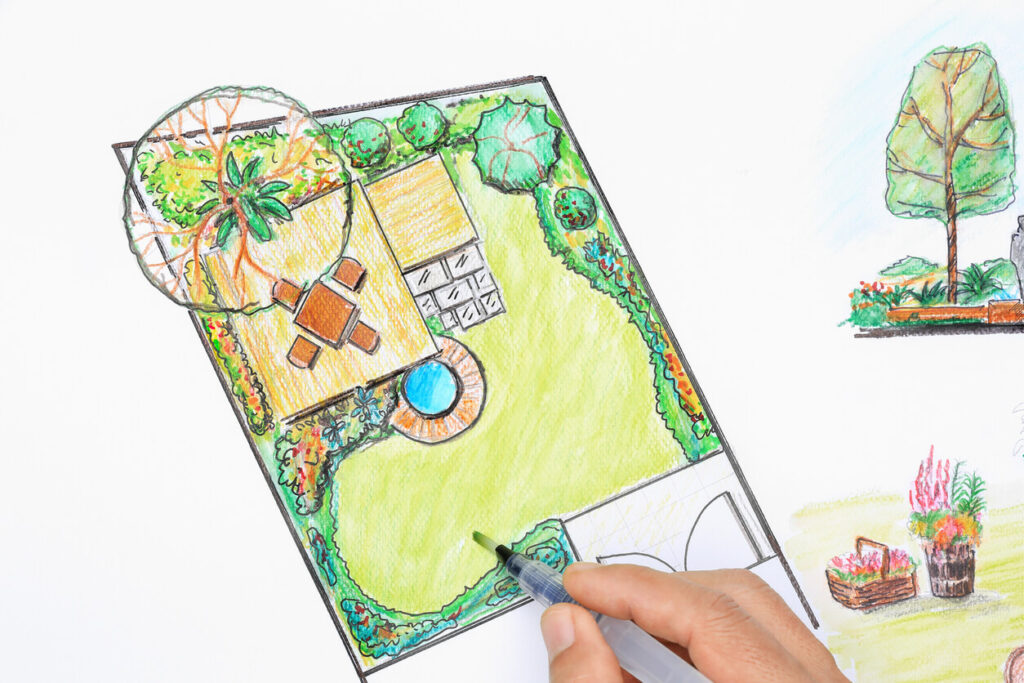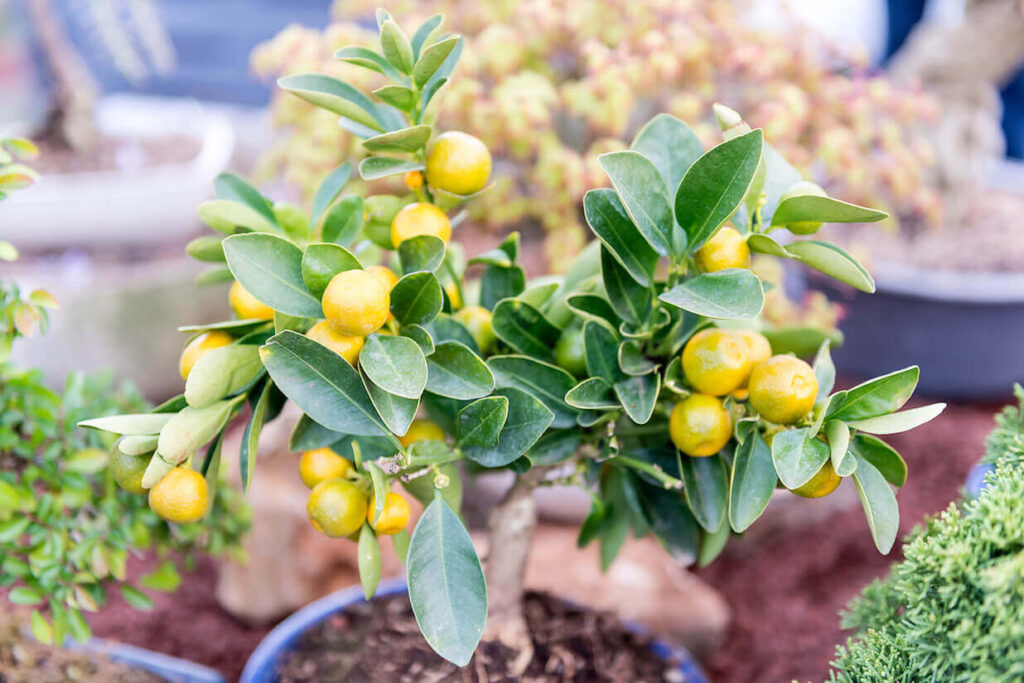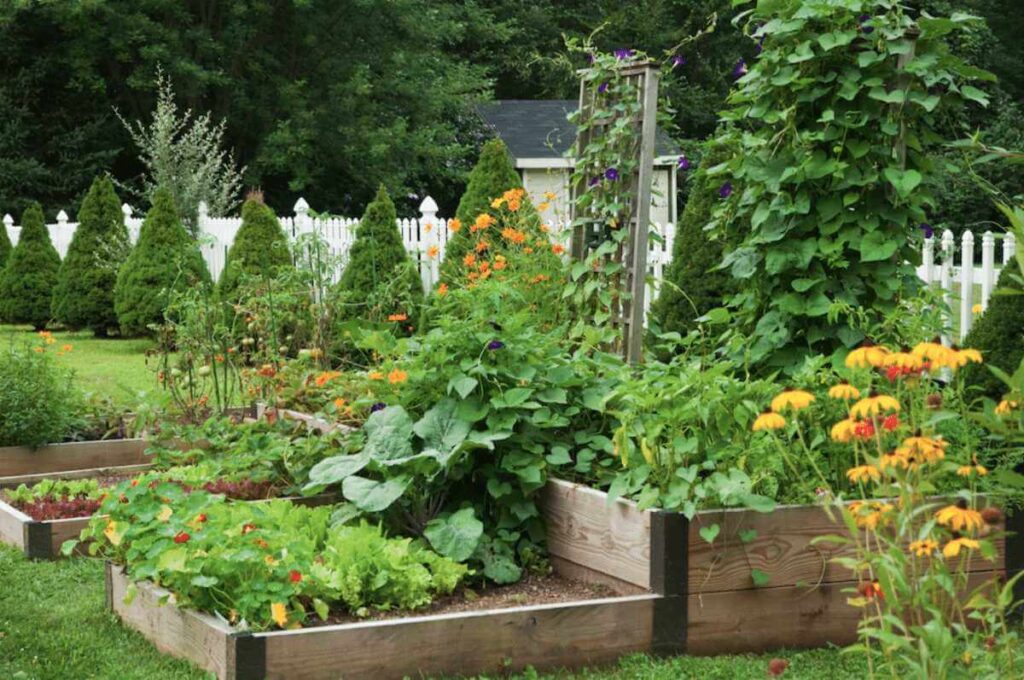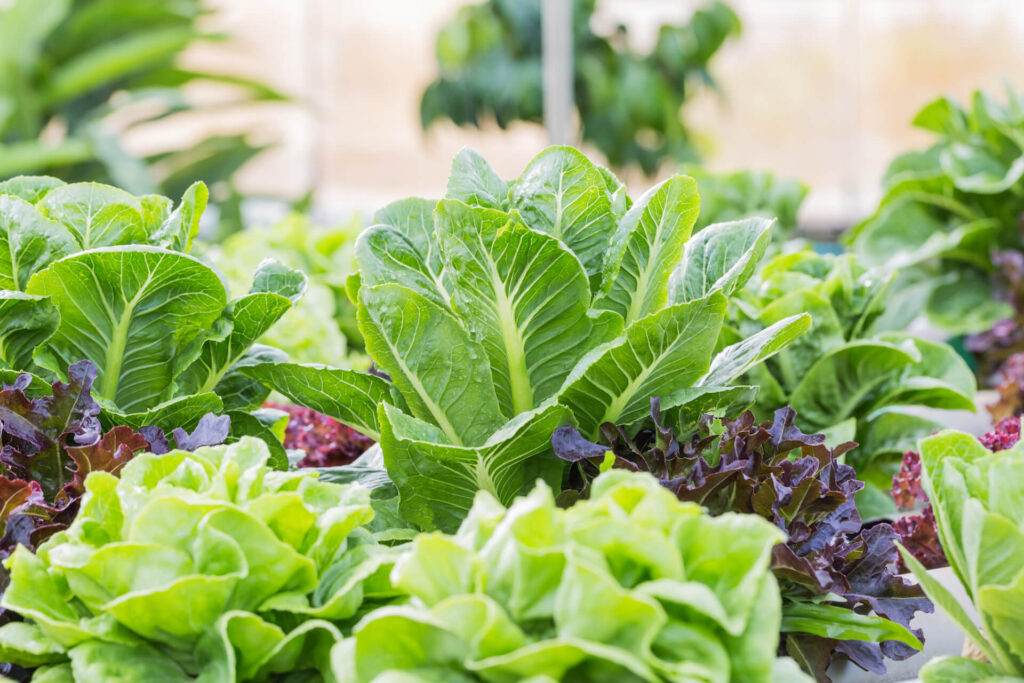Petunias are a great choice if you’re looking for plants that can be used in many different situations and produce beautiful, prolific flowers all year. With proper care, they can be planted anywhere with enough sunlight. Petunias are adored for their many varieties, varying growth patterns, and spectacular displays of flowers. This detailed guide contains tips and tricks to help you plant the best petunias possible.
Ideal Soil Composition and pH for Growing Petunias
Petunias love well-drained, light soil. A premium potting mixture is the best choice for plants in hanging or indoor pots. Petunia plants thrive in slightly acidic soil with a pH of 6.0 to 6.5. You can determine your soil type with a soil test and then use the recommended soil amendments to maximize your growth performance.
Petunia Light & Temperature Requirements
Petunia plants, which are warm-season annuals, love sunshine. Petunias should be in full sunlight for at least 6-8 hours of direct sun per day. They can tolerate shade but won’t produce as many blooms.
Petunias are fond of sunshine, but too much heat can dry them out and shock the plant. Petunias may need protection from the sun in hotter areas. Petunias are not frost-tolerant and should only be planted outside after the danger of frost has passed. Once the first frost strikes, the growing season is over.
How to Plant Petunias
It is important to understand the differences between purchasing petunias as seeds and transplanting them. Most types of petunias can be transplanted very well, and it is recommended to start them off indoors. Before planting your petunias, it is helpful to know the following.
- Petunia seeds are tiny and take 10-12 weeks to mature.
- The best way to start petunia seeds from the seed is to plant them indoors 8-10 weeks before the last frost date in the area.
- Once the soil has warmed up, you can transplant petunia seeds outdoors.
Where to Plant Petunias
Petunias are a popular choice for their beauty and versatility in the garden. No matter where they are tucked in, they add a splash of color to any garden. These reliable plants can make excellent accent flowers or standalone plants. Some popular places and ways to grow petunias include:
- Window boxes
- Spilling onto the sides of containers or raised beds.
- Densely planted to create a vibrant ground covering.
- Hanging baskets.
- In gaps between plants.
- With high-impact container plants.
- On or over a stone wall.
Petunia Plant Care
After you have learned how to plant petunias, it is important to learn how to care for them.
How to Water Petunias
Petunias are characterized by their shallow root systems, which prefer moist soil conditions. They can quickly dry out their roots, so regular watering is essential for their growth. Petunia roots cannot withstand wet feet, so make sure the soil around them drains. Too much moisture can cause root rot, ultimately leading to the plant’s death. Petunias in hanging or container-grown pots may need to be watered daily.
Petunias and nutrients
Petunias that are well-fed will bloom in an endless number of colors. You can keep your petunias thriving throughout the summer by giving them a monthly fertilizer or a slow-release granular fertilizer when they are planted. Container plants may need more fertilization than those in the ground. Regular watering can strip soil nutrients.
How to prune petunias the right way
Petunia plants require different levels of pruning depending on their species. However, all plants can benefit from trimming throughout the growing season to prevent leggy plants.
- Pruning mid-summer is a good idea for all plants. All varieties will benefit from pruning, often making them fuller and more prolific bloomers. Cut off about half of the branches to give the plants new life.
- Grandifloras require the most pruning and frequent deadheading to ensure they don’t become leggy and go as seed.
- Wave varieties and spreading are not subject to regular deadheading. However, some pinching can shape the plant and give it more blooms.
Common Petunia Pests & Disease
Garden pests and diseases can affect petunias, making them a problem for gardeners. You should watch for any signs of common problems with petunias.
- Aphids
- Thrips
- Caterpillars
- Powdery mildew
- Root Rot
Best Varieties of Petunia for Growing
There are four main petunias types, each with various subcategories. Mix and match these amazing varieties in your garden pots, hanging planters, or garden beds.
Grandiflora
The largest variety of petunia. It produces three to five-inch blooms, reaching heights up to ten to twelve inches.
- ‘Supercascade’
- ‘Daddy’
- ‘Dream’
Multiflora
Variety of medium-sized flowers that can grow up to eight inches high and have a diameter of one to two inches.
- ‘Horizon’
- ‘Primetime’
- ‘Celebrity’
Spreading or Wave
These petunias can grow very quickly and spread rapidly, spilling from pots onto garden beds and over to other plants. However, they only reach a maximum height of six inches.
- ‘Shockwave’
- ‘Avalanche’
Miliflora
These small but beautiful blooms are perfect for borders and containers.
- ‘Fantasy’
